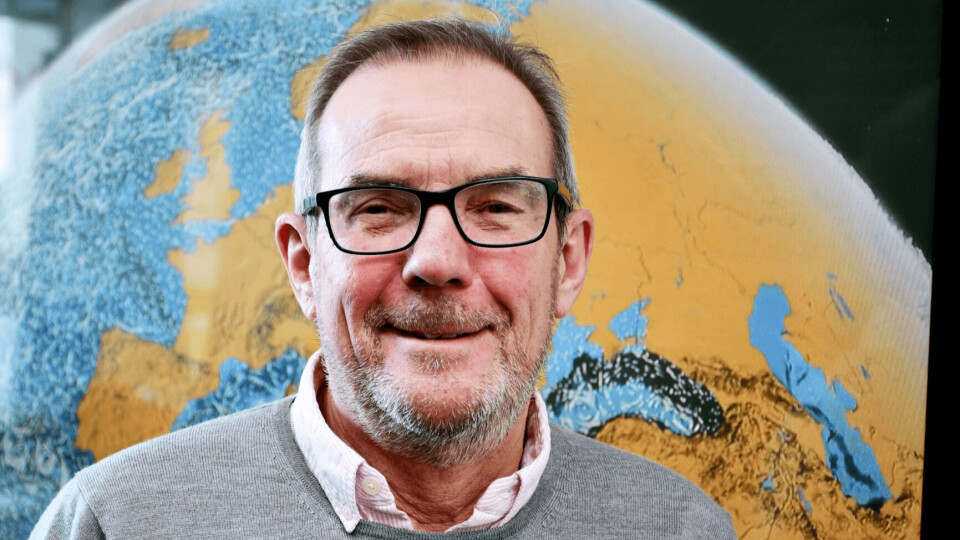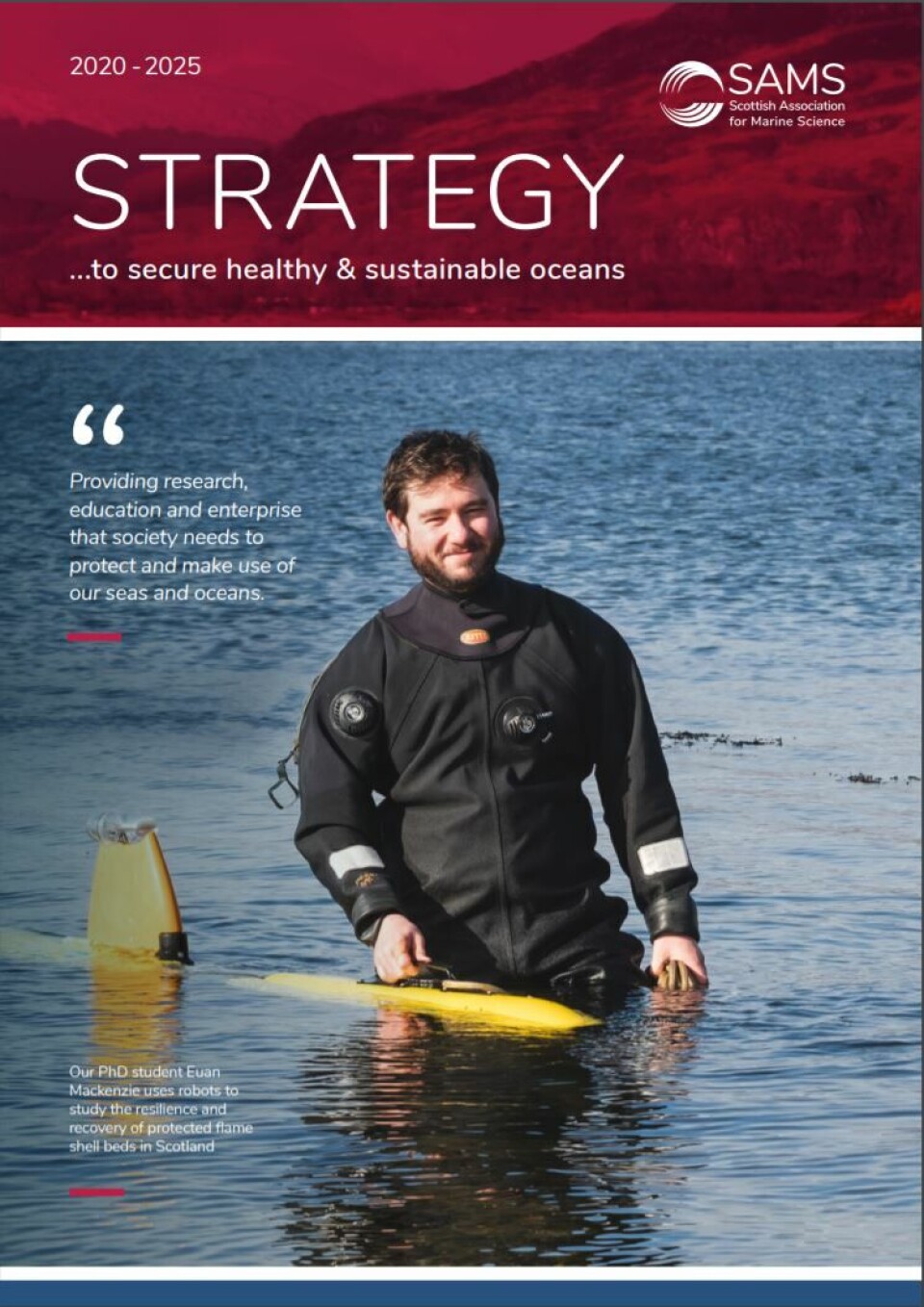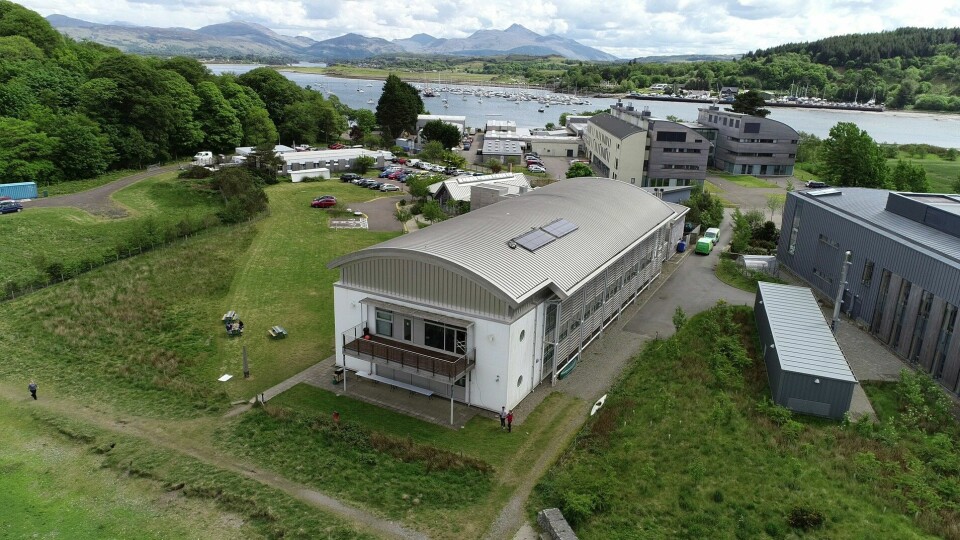
Seeking balance between ocean health and wealth
The Scottish Association for Marine Science (SAMS) today launched a new five-year strategy which places a sustainable blue economy at its heart.
The association’s director, Professor Nicholas Owens, said finding the right balance between using and protecting the ocean required a greater understanding of the marine environment.
“It falls on the shoulders of the global marine science community to build the essential knowledge, skills and technologies that are missing,” said Owens. “Our strategy shows how we will direct our research, education and partnership working with governments, industry and the public to benefit both society and the natural world.”

‘Seriously degraded’
Owens said is the global ocean is the most important component of Earth’s life support system and helps to stabilise the climate but is seriously degraded and is under threat of ecosystem collapse from climate change, ocean acidification, pollution, and overexploitation.
These stressors were caused by human activities and behaviour and the demands for seafood, shipping, mineral resources, coastal development, energy, waste disposal and tourism were still growing. The need for marine conservation and economic development of marine industries could therefore be in conflict.
SAMS’ strategy seeks to find a sustainable middle ground, an ocean in balance, whereby the marine environment is protected, while meeting the needs of the population.
Owens added: “I’m committed to a vision where one day our oceans will be fully healthy again, teeming with diverse and abundant marine life. I dream that this healthy ocean will also bestow on us clean energy, plentiful and good food, powerful medicines and global transport systems that will connect people and societies.”

NewDEPOMOD
The association’s commercial arm, SAMS Research Services Ltd (SRSL), developed and owns NewDEPOMOD, the method used for predicting the impact of salmon farm discharges on the seabed to optimise operations to match environmental capacity.
It is currently the only accepted depositional model in Scottish aquaculture regulation. Licences are also active in Chile, Norway, Australia, France, the Faroe Islands, and the USA.
SRSL also models sea lice populations to help forecast their movement and abundance.
Income sources
The SAMS strategy document outlines strategic objectives for the next five years and goals to help achieve them.
These goals include further strengthening the performance of SRSL and its integration into the SAMS culture in perspective, operations, networks, and relevance.
Financially, SAMS hopes to generate annual income surplus of more than £500,000, grow and diversify sources of income, maintain quantity of pure research and grow applied research, build philanthropic income, and investigate new income opportunities such as digital memberships and carbon offsetting through our seaweed farms.
More students
SAMS also intends to expand undergraduate student numbers to 160 and maintain PhD student numbers, increase the proportion of international students, and diversify its higher education through the development of masters level courses.
It also plans to undertake a carbon audit and reduce institutional carbon emissions by 7.5% per year.
The strategy document and a video of Professor Owens introducing it can be found here.






















































